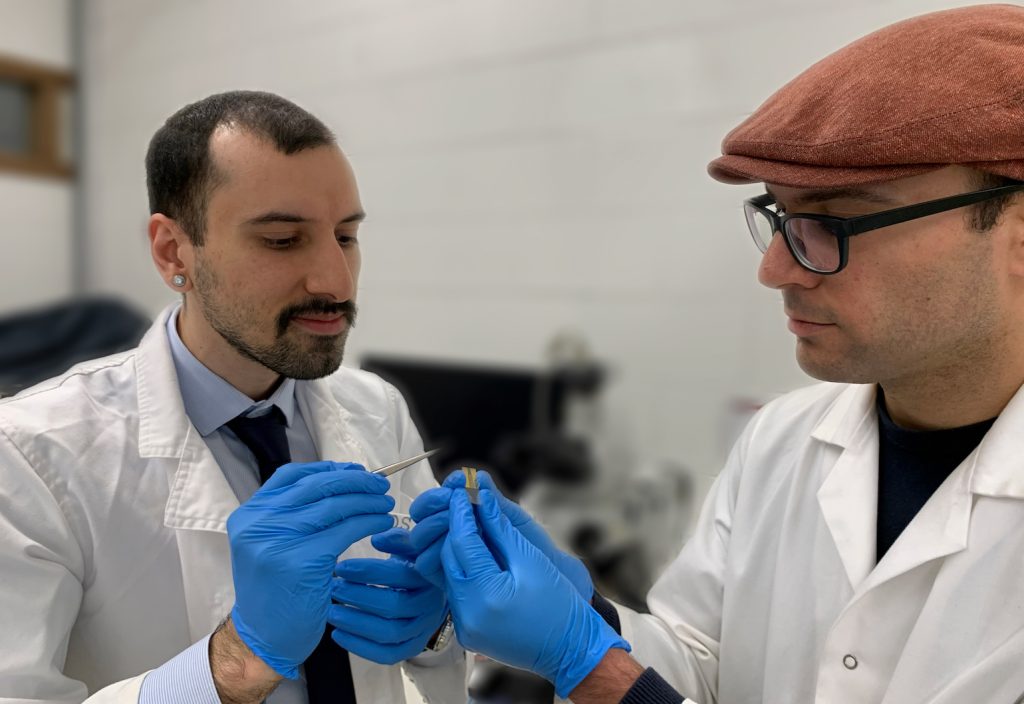Engineers at RMIT University have developed an innovative anti-corrosion technique that could triple the lifespan of mobile phone batteries. Using high-frequency sound waves and a nanomaterial called MXene, similar to graphene, these batteries could last nine years, compared to the current average of two to three years for lithium batteries.
“Unlike graphene, MXenes are highly tailorable and open up a whole range of possible technological applications in the future,” said Senior Lead Researcher Professor Leslie Yeo.
MXene is a class of materials that has been around for more than a decade, but it is not currently viable for commercial use as it rusts too easily.
“To overcome this challenge we discovered that sound waves at a certain frequency remove rust from MXene, restoring it to close to its original state,” Yeo said.
This effectively triples the shelf life of a MXene battery.
Environmental benefits
One battery taking the place of three delivers obvious efficiency benefits, but there are also environmental benefits.
“The ability to quickly restore oxidised materials to an almost pristine state represented a game changer in terms of the circular economy,” said Associate Professor Amgad Rezk, also a Lead Senior Researcher.
As MXene is more easily recyclable than lithium, it would help address the issue of electronic waste. In Australia, about 90 per cent of batteries used in electronics end up in landfill, representing a significant environmental hazard.
How it works
Current strategies of treating rust use chemical coatings, which can degrade the material they’re applied to. The team’s research, which was published in Nature Communications, uses high-frequency sound waves for this task. Exposing the MXene component to these sound waves for one minute completely removes all oxidation.
If successful, the team says its work to remove rust from MXene opens the door for the nanomaterial to be used in a wide range of applications in energy storage, sensors, wireless transmission and environmental remediation. It could also potentially be used to remove rust from other materials.
“We are keen to collaborate with industry partners so that our method of rust removal can be scaled up,” Yeo said.
Watch the video to hear Mr Hossain Alijani and Dr Amgad Rezk explain their new rust removal method.

